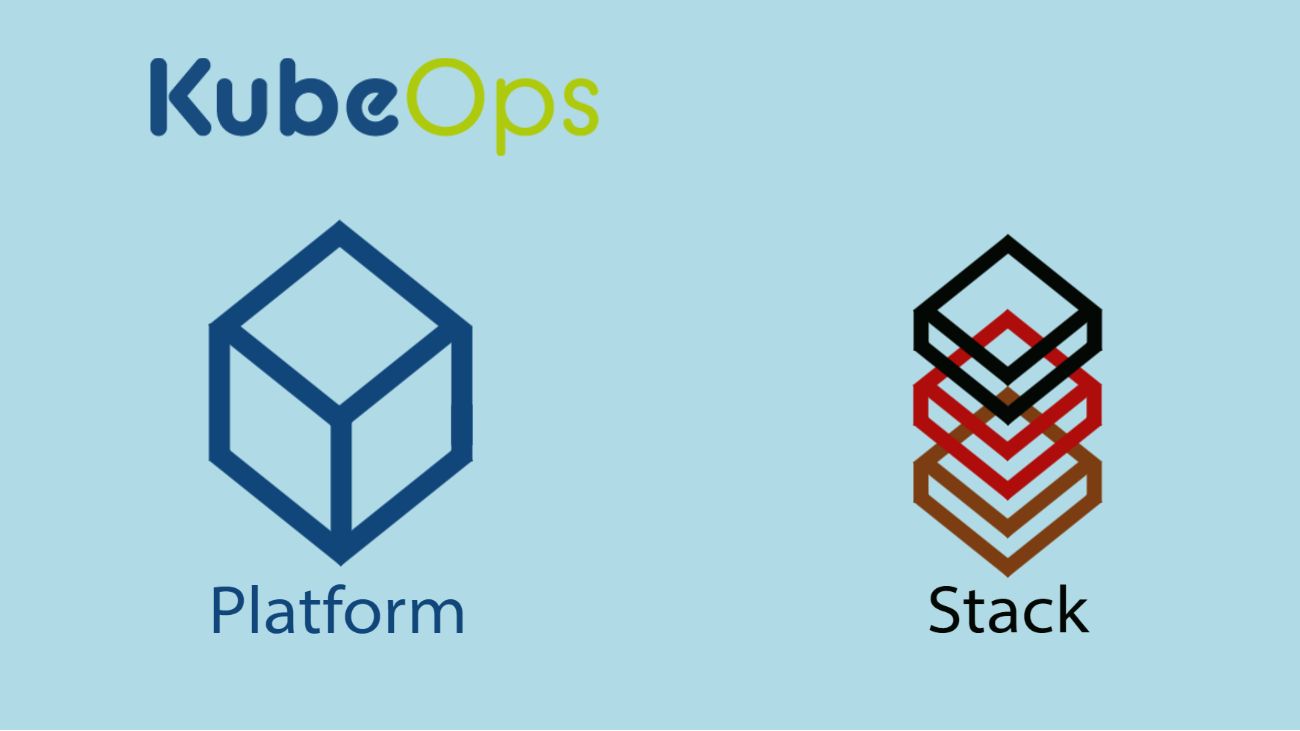Blogs
Platform & Stack: The differences and the advantages

A platform and a stack are two related but distinct concepts in the world of technology.
A platform is a comprehensive software environment that provides the tools, frameworks, and infrastructure needed to build, deploy, and manage software applications.
It typically includes a range of services and APIs that allow developers to easily create and deploy applications without worrying about the underlying infrastructure.
Examples of platforms include Amazon Web Services, Google Cloud Platform, and Microsoft Azure.
A stack, on the other hand, refers to a set of technologies used to build and run an application. It typically includes the programming languages, frameworks, libraries, and databases needed to create a functional software system.
For example, a common web development stack might include HTML, CSS, JavaScript, and a server-side language like PHP, along with a database such as MySQL.
Each of the technologies in the stack has a very specific task and solves a specific type of problem, on which the other technologies in the stack can rely.
In essence, a platform provides a broader, more integrated set of services for creating and deploying applications, while a stack is a more focused set of technologies used to build a specific type of application.
Platforms often include stacks as part of their offerings, but stacks can also be used independently of platforms.
Platforms offer several advantages over traditional software development approaches, including:
Reduced time-to-market: Platforms provide pre-built components and services, which can save developers time and effort in building and deploying their applications.
This can help to reduce time-to-market for new products and features.
Streamlined development process: A platform provides developers with a comprehensive set of tools, frameworks, and services, which allows them to focus on developing the application itself rather than the underlying infrastructure.
This can significantly streamline the development process and reduce the time to market for new applications.
Scalability: Platforms are designed to be scalable, which means that they can easily handle increases in traffic and usage as the application grows.
This scalability is achieved using distributed computing architectures, load balancing, and other techniques.
Cost savings: By using a platform, developers can avoid the costs associated with setting up and maintaining their own infrastructure.
This includes the costs of purchasing and configuring hardware, software, and network resources, as well as the ongoing costs of monitoring and maintaining the infrastructure.
Platforms simplify the so-called "user experience":
Users usually find their way around more quickly because most apps are located in a central place.
This usually makes it easy to exchange important data. PaaS solutions also integrate communication capabilities into the ecosystem.
Predictive maintenance is significantly improved.- Platforms can provide innovation.
In today's world, the requirements for companies are in a constant state of change. They need to continuously introduce solutions that support these new opportunities.
With a platform, users can deploy solutions that meet these requirements in a matter of hours. This can also simplify renewal processes.
Reliability: Platforms are often designed for high reliability and availability, with built-in redundancy and failover mechanisms.
This can help ensure that the applications running on the platform are always available and performing.
Robust security: Platforms often provide built-in security features, such as encryption, firewalls, and identity and access management.
This helps to ensure that applications built on the platform are secure and protected from external threats.
Access to advanced technologies: Platforms often provide access to cutting-edge technologies and services that would be difficult or expensive to implement on your own.
This can include things like machine learning, natural language processing, and big data analytics.
The main differentiator is that a technology stack is compatible with each other, and the platform is fully integrated.
PaaS solutions provide companies with basic tools. Building blocks that enable them to develop targeted solutions.
Overall, platforms can help developers build better applications faster, with lower costs and improved security.
They provide a streamlined and scalable approach to software development that can help organizations stay competitive in a rapidly evolving technological landscape.
Visit here KubeOps COMPLIANCE
Author: Ralf Menti

